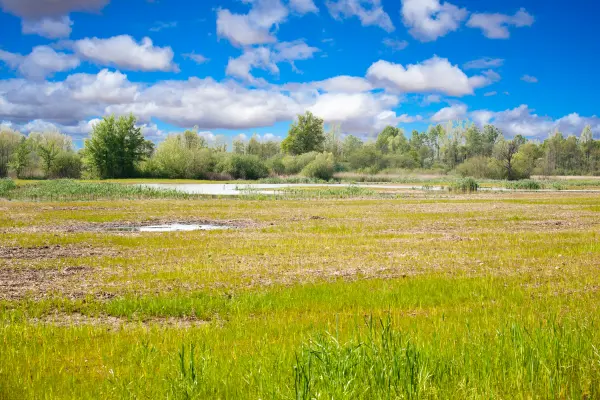- Technologies in climate monitoring and modeling are indispensable in predicting and adapting to climate change, providing valuable data for decision-making and public awareness.
- Success in these fields signifies a shift to proactive, informed responses to climate change, optimizing resource allocation, and enhancing global cooperation.
- Effective climate monitoring and modeling represent a deeper understanding of Earth’s climate, guiding humanity towards a future that is prepared, united, and environmentally conscious.
Are we prepared to face the challenges posed by our changing climate?
In today’s world, where the impacts of climate change are becoming increasingly apparent, the role of Impact Technologies is crucial. These technologies are designed to drive significant positive changes in addressing global challenges, including climate change. Among various applications, Climate Monitoring and Modeling Innovations stand out as a key area where impact technology is making a significant contribution.
Understanding the intricacies of climate change necessitates sophisticated monitoring and predictive modeling. These tools act as the eyes and minds of scientists, offering a glimpse into future scenarios and current transformations. They prove indispensable in the battle against climate change, enabling us to predict, prepare, and adapt to its impacts effectively.
Why Climate Monitoring Innovations are Important in Addressing Climate Change
Climate monitoring and modeling are more than just scientific endeavors; they are essential tools in our fight against climate change. Their significance lies in their ability to provide actionable insights and prepare us for future challenges.
Informed Decision-Making: Accurate climate models give policymakers the data they need to make decisions on emissions targets, infrastructure planning, and more.
Anticipating Extreme Events: Monitoring allows for early detection of and preparation for extreme weather events, potentially saving lives and resources.
Validating Climate Theories: Observational data from monitoring can confirm or refute climate theories and models, refining our understanding of climate systems.
Assessing Mitigation Strategies: By simulating different scenarios, models help assess the potential impact of various climate mitigation strategies.
Educating the Public: Tangible data from climate monitoring can raise awareness and motivate collective action among the public.
What Does Success in Climate Monitoring and Modeling Innovations Look Like?
Success in climate monitoring and modeling would mark a pivotal shift in our global response to climate change. It would represent a transition from reactive measures to a proactive, informed approach.
If the key players in climate monitoring and modeling achieve their ambition, the repercussions would be profound:
Proactive Global Response: With precise models predicting future climatic shifts, nations would not be reactive but proactive, implementing measures ahead of time, minimizing damage from adverse climatic events.
Optimized Resource Allocation: Predictive models would guide governments on where to invest resources most effectively, whether in sea defenses, drought-resistant agriculture, or flood prevention.
Refinement of Climate Science: Continuous monitoring would lead to iterative refinement of models, making climate science more accurate. This increased accuracy would bolster trust and facilitate global cooperation on climate issues.
Unified Global Action: Reliable models offer a universal language, a cohesive narrative that can drive unified global action against climate change. When models consistently project similar outcomes, it becomes challenging for naysayers to dispute the looming threat.
Empowered Communities: Accurate predictions mean communities worldwide can prepare for changing conditions, from rising sea levels in coastal areas to altered farming practices in regions facing drought.
Innovation in Mitigation: Understanding potential future scenarios can drive innovation, as industries and sectors anticipate the need for new technologies and practices in a changing climate.
Charting our Climate Future
In the grand narrative of climate change, monitoring and modeling are akin to the compass and map of an explorer. They don’t just tell us where we are, but they also give an inkling of what lies ahead. The mission of specialists in this space is not merely academic or theoretical. It’s a profound quest to grasp the heartbeat of our planet, to decode its rhythms, fluctuations, and potential future courses.
Their success wouldn’t just mean a trove of data or a set of accurate models; it would mean a world that’s better prepared, more united, and profoundly attuned to the nuances of its changing climate. It would be a testament to humanity’s ability to look beyond the immediate, to gaze into the horizons of the future, and to chart a course that navigates the challenges with knowledge, preparation, and foresight.











